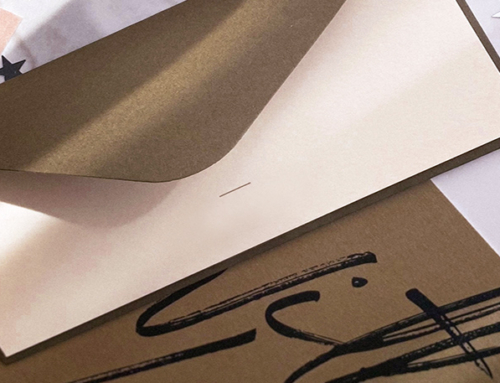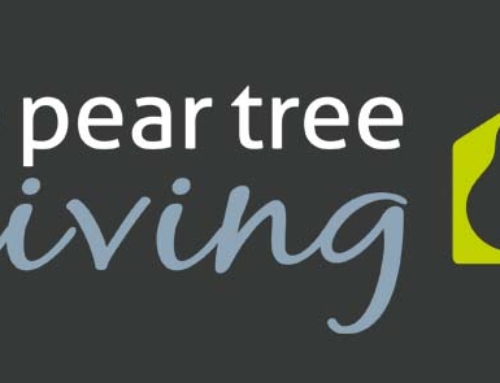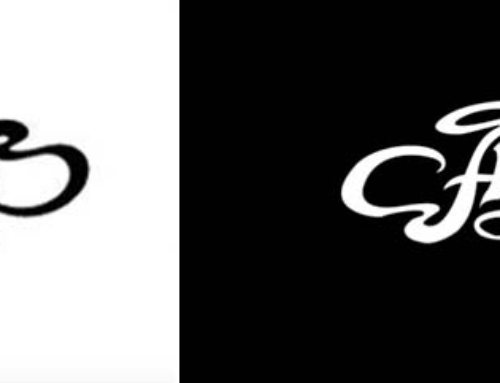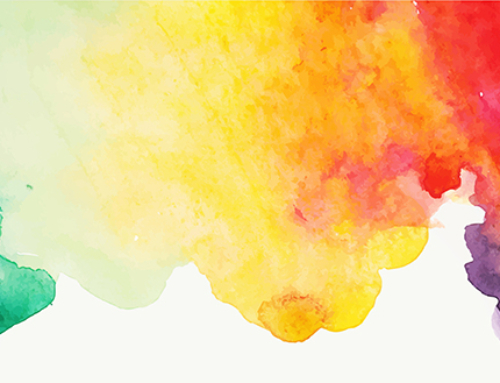Do you find it frustrating when you are working with designers/design agencies and certain industry words crop up and you don’t know what they mean?
As a designer, it is difficult to know how much knowledge clients have about design terminology – and I don’t like to appear patronising to those that do know.
So I thought it was worth a blog of jargon busting terminology – to refer to when you’re not 100% sure.
Bleed
What is bleed? Sounds messy, doesn’t it? Bleed is a printing term. It is used for the amount of spare design/artwork that is left for when the printed artwork is cut to its actual size.
When a brochure or leaflet is printed on paper, it needs to be cut down to the correct size using what is essentially a large guillotine. To know where to cut the paper, there are crop marks set up on the artwork. But as with anything, the cutting cannot be 100% accurate. So to allow for that margin of error, a small amount of printed artwork goes beyond the crop marks so that a white line would not be present if the cutting was slightly out.

Kerning
Ever heard designers talking about kerning? Designers do love talking about kerning.
Kerning is a typography term. It is essentially the space between 2 characters within a word. (Tracking is the term used for the equal space between all the characters in a word).
Kerning is often discussed by designers as it can seriously affect the readability of a word. If the space is too close and letters merge together, the legibility of the word can be lost. The word kerning itself is a good example of this – if the kerning is too close between the r and the n, the word reads as keming. Also if the gap between 2 characters looks too far apart compared to the kerning of other letters, it can read as separate words.
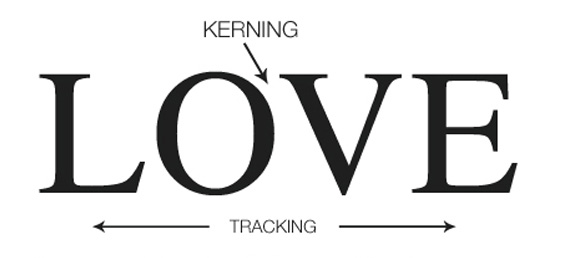
Resolution
So this one is a photo related term. If you’ve ever heard a designer tell you that you can’t use that image as the resolution is too small – this one is for you.
Resolution is the term used to explain the amount of detail an image holds. A digital image is made up of pixels, which are tiny little dots. So the greater the amount of pixels an image has, the higher the resolution and the more detail is rendered.
So a high-resolution image is sharper and clearer than a low-resolution image. Low-resolution images are made up of a much smaller amount of pixels so appear pixelated or blurred.
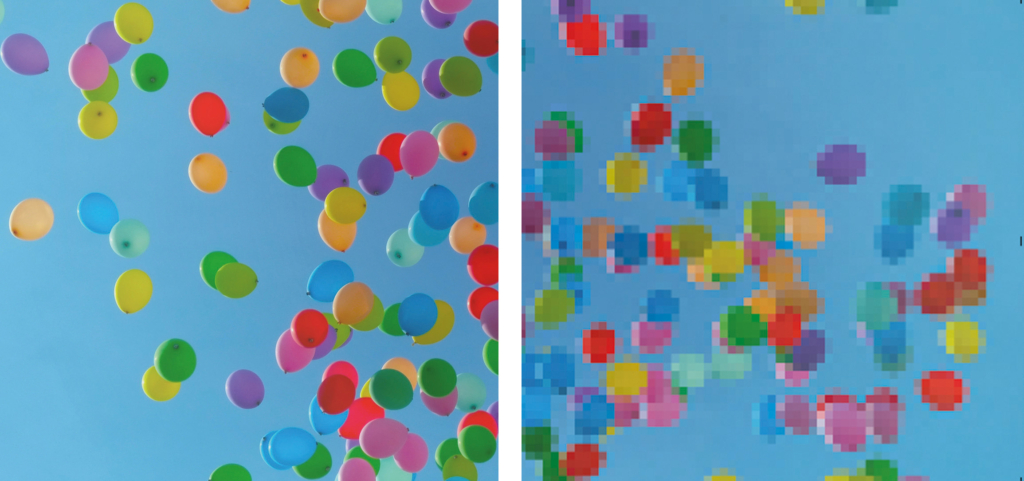
Die Cut
This one sounds a bit vicious – but it is a very useful printing term that can be very effective. Die cutting is the process of cutting areas of your printed design in various shapes to create unique effects either on the inside of your design or the outer shape. Die cuts are done after the artwork is printed so are considered part of the finishing process.
CMYK
Heard people talking about CMYK? You probably know that it relates to colour.
CMYK is a color formula that is used specifically for print purposes. It stands for ‘Cyan, Magenta, Yellow, Key (black). CMYK is a subtractive color, which means that you begin with white (as in printing onto white paper). But, as you add more color, the result turns darker.
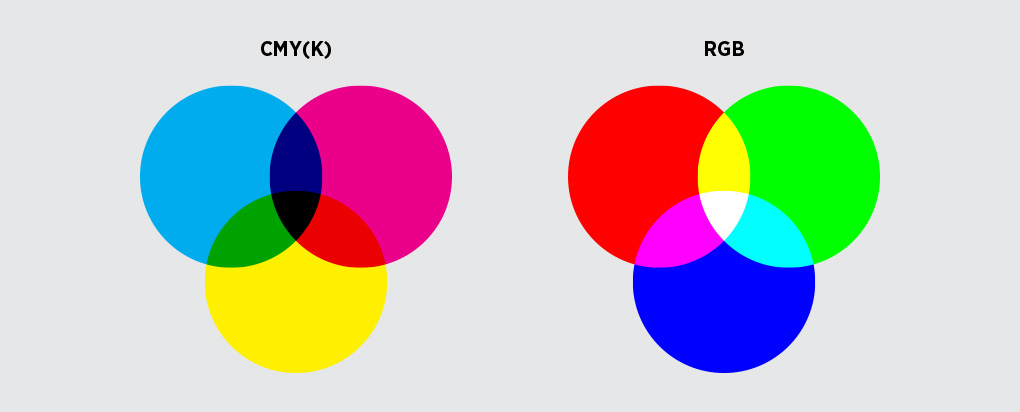
RGB
You probably also know that RGB relates to colour too. RGB is a color model that is used specifically for on-screen purposes. It stands for ‘Red, Green, Blue’. RGB is an additive color, meaning that when mixing colors, you start with black and end up with white as more color is added.
Can you think of any of design-related terms that I have missed? Let me know and I’ll happily add them in.
Did you enjoy this blog? Why not sign up for our FREE 17 Marketing tips emails delivered straight to your inbox.
Simple, easy tips that could help you think differently about your marketing. Just click here to sign up


